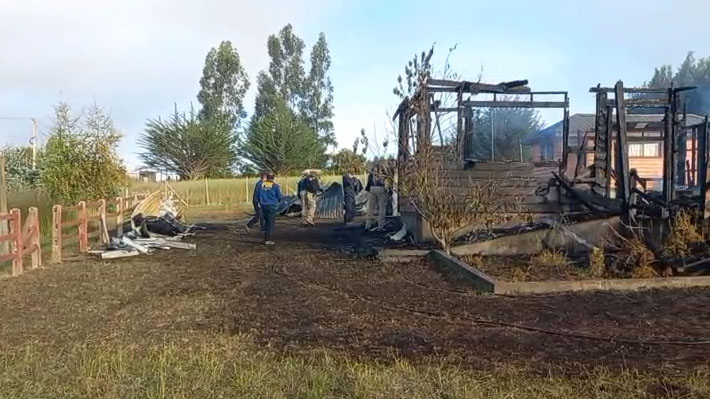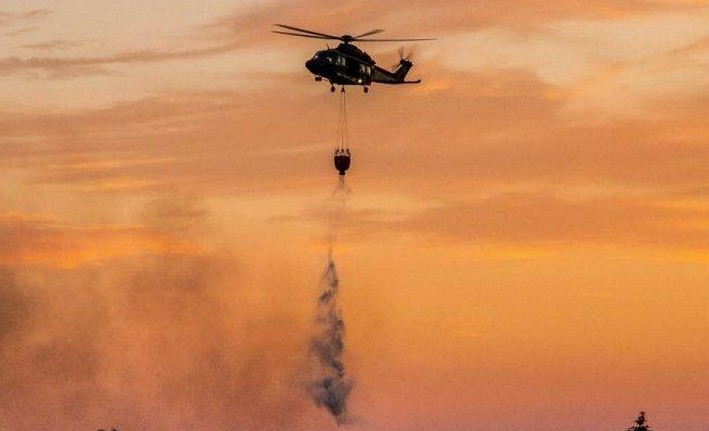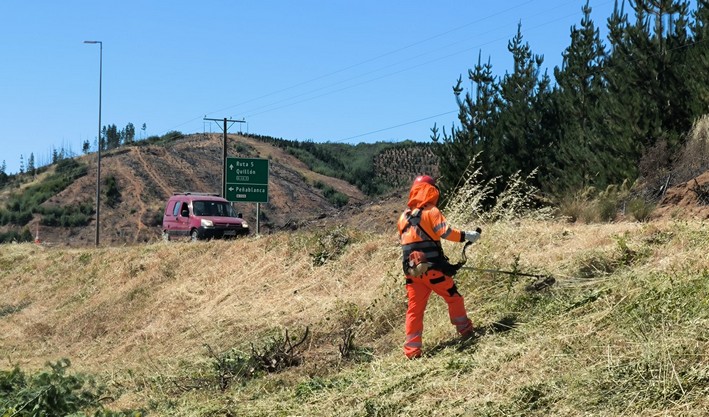Three Years of State of Emergency: 10 Communes Concentrate Violence and One Group Grows in Attacks
A study reveals marked differences in the effects achieved by the state of emergency in preventing violence in the southern macrozone and controlling the actions of criminal and radicalized groups, three years after the measure's implementation.
The exceptional measure has remained in effect since May 17, 2022, in four provinces of the southern macrozone. Each month, the Executive submits its extension for congressional approval.
The analysis states that, despite the measure's application, 67 communes have suffered attacks or other violent incidents, though it notes that 10 localities concentrate most cases.
Based on data from Carabineros, the analysis by the Observatory of Organized Crime and Terrorism (Ocrit) of Andrés Bello University compares the last three years with the preceding period and finds that reports of violent crimes dropped from 3,960 to 2,483—a 37.3% decline. In the same timeframe, arson attacks fell from 892 to 543 (39%), while land occupations decreased from 564 to 210 (63%).
The report also notes that criminal organizations claiming responsibility for violent acts—such as the Arauco Malleco Coordinator (CAM), Weichan Auka Mapu (WAM), and Resistencia Mapuche Lafkenche (RML)—have reduced their presence. Meanwhile, the group Resistencia Mapuche Malleco (RMM), linked to the controversial Temucuicui community, has increased its claimed attacks.
Angol Sees Surge in Attacks
Among the communes where cases rose despite the emergency measure are Angol (from 47 to 69), Galvarino (29 to 39), Los Sauces (59 to 74), Vilcún (26 to 50), and Curanilahue (63 to 133). Though Ercilla and Collipulli reduced their cases, both remain among the most violence-affected communes.
Former southern macrozone security coordinator and current Ocrit head Pablo Urquízar warns that the concentration of violence in a dozen communes "highlights the clear need for a geographically focused strategy to dismantle radicalized and terrorist organizations operating there." He stresses the need for "preventive and prosecutorial measures to ensure safety for both Mapuche and non-Mapuche residents."
Resistencia Mapuche Malleco and Temucuicui
Asked about the reasons behind RMM's growth, Urquízar explains: "This group is hard to penetrate due to its base in Temucuicui," referring to the radicalized Mapuche community in Ercilla.
He notes "political reasons, as violence there has long been downplayed. Recall that former Interior Minister Izkia Siches was attacked in that area by RMM without legal consequences—even with authorities speaking of 'political prisoners.'"
Urquízar also cites "the precedent of the last major operation in Temucuicui, involving over 800 PDI officers, which ended with the murder of Sub-Inspector Luis Morales Balcázar and many injured personnel." He adds that RMM's "firepower is another factor, funded by drug trafficking and timber theft," and that "their geographic terrain and tactics—using children, women, and elders as shields—make them highly complex."
Source:El Mercurio

















